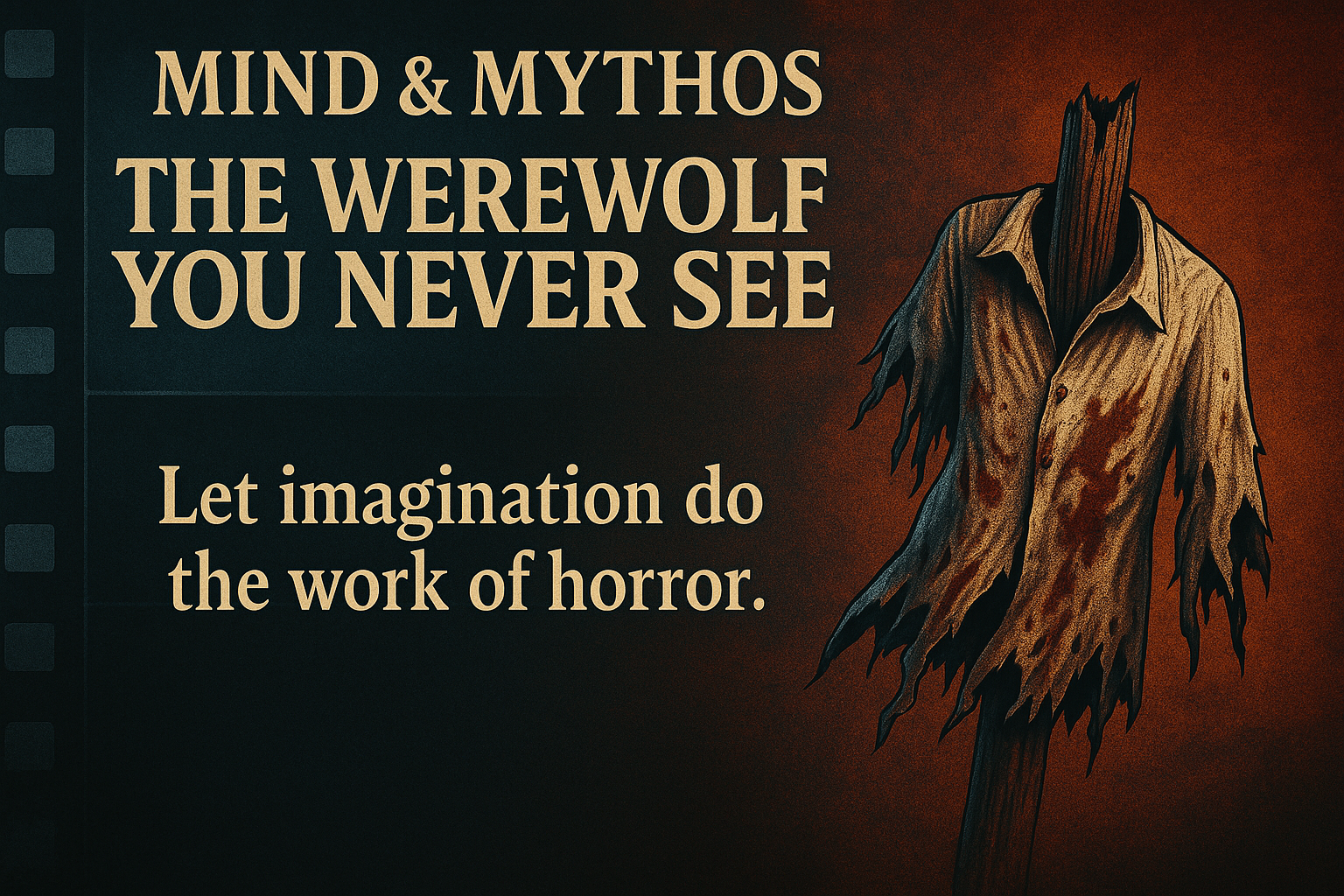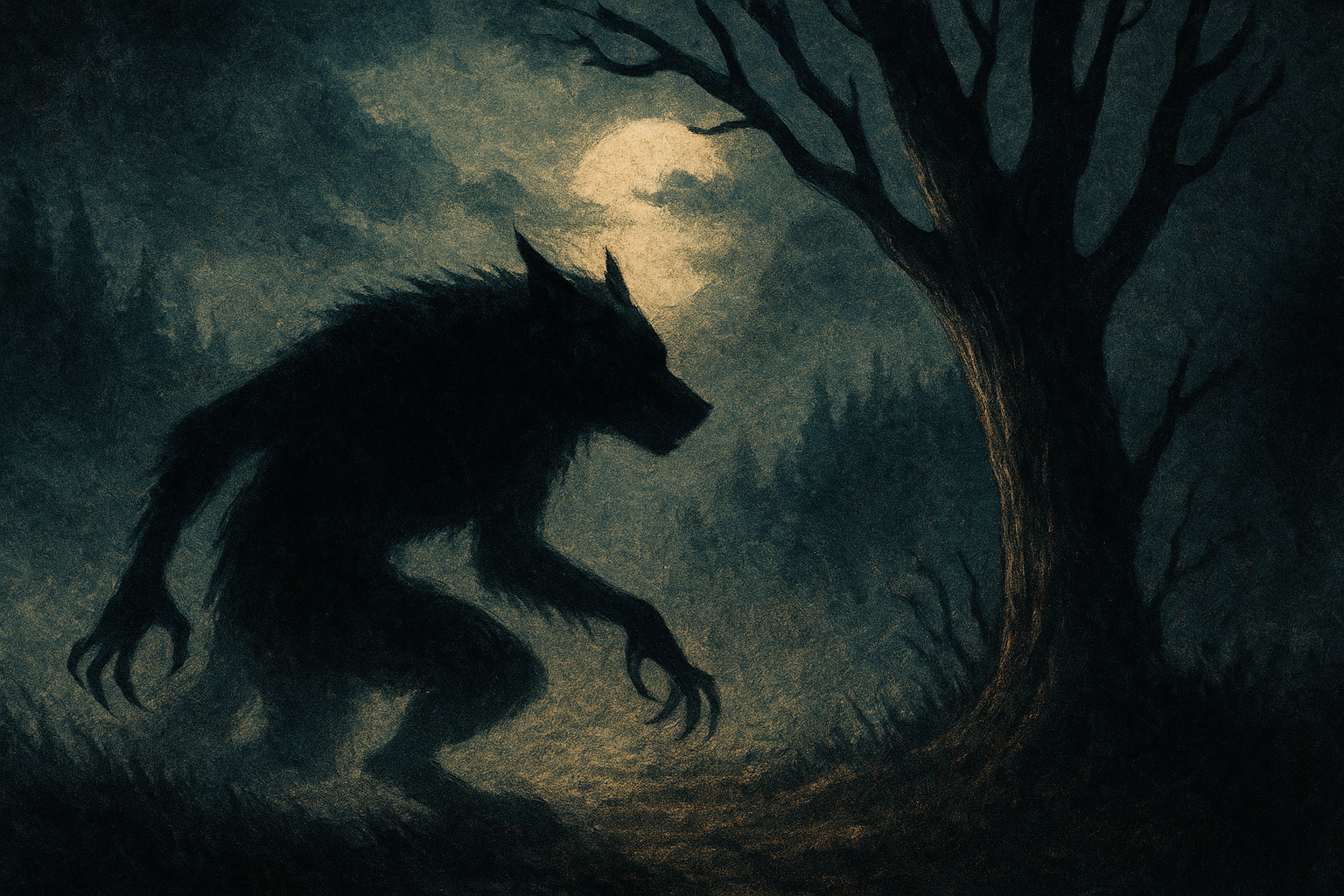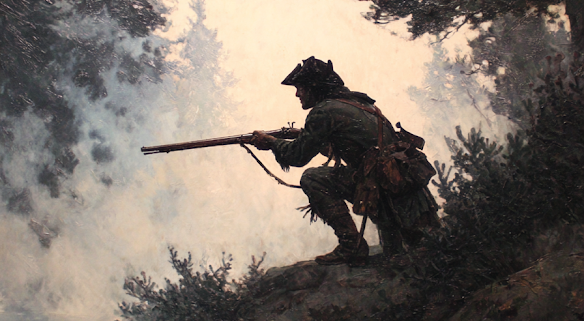
Picture two directors. One grips the monster in tight close-ups as it tears through victim after victim. The other—like Hitchcock—hides the creature’s face, shows the aftermath, spins tension through rumor, shadows, and off-screen noise. Which one terrifies you more?
In Jaws, we hear screams, see floating barrels, body parts, but barely glimpse the shark. In Alien, the creature lurks just outside the camera’s view. In Blair Witch Project, we never see the witch—only sticks, sounds in the darkness, inexplicable dread. Our brains do the rest.
When people fill in horror with their own fears, the effect is visceral—and timeless. Suggestion creates tension; explicit visuals kill it. Silence becomes a weapon.
1. Show aftermath—not monster
Let players find shredded clothes, blood trails, broken wards—instead of unveiling the creature. The unknown stalks them.
2. Use environment as witness
A cave wall smeared in claw marks. Distant howl echoed by wind. Candle wax dripped in unnatural shapes. The setting speaks.
3. Let NPCs react—don’t explain
Villagers wander the forest in terror. The priest refuses to speak. A child trembles when asked “what did it look like?” Their terror becomes legible without detail.

Fantasy: A were-beast hunts at dawn. PCs discover crushed armor, bitten herbs, whispers among farmers. Before confrontation—let them debate whether it’s a curse or legend.
Sci‑fi: Engineers aboard an orbital mining rig vanish. Alarms feed garbled transmissions. The crew finds a lone gloved hand. No entity is revealed until gravity tears it into view.
PsychScape Historical: In Victorian London, Jack the Ripper–style murders escalate. No witness ever sees the killer—just ominous footprints, torn letters, and midnight laughter echoing in alleys.
For your next session: leave something out deliberately.
Let silence speak. Let the unseen terrify. Suggest rather than show. Because fear of what you imagine is far more powerful than any creature you could draw.

